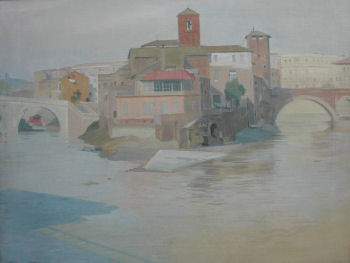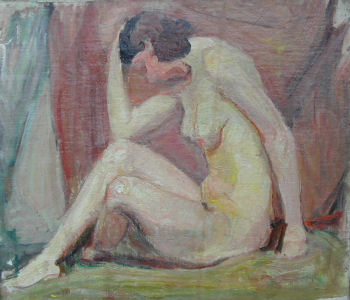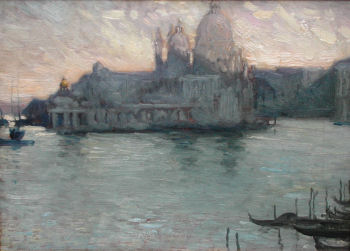Thomas Stothard R.A. Provenance: J. S. Maas & Co Ltd., New Bond S 1755 – 1834
Born in London, attended school at Acomb, yadcaster and Ilford, Essex. Apprenticed to a draughtsman of patterns for brocaded silks in Spitalfields, and during his spare time he attempted illustrations for the works of his favourite poets.
In 1778 he became a student of the Royal Academy, of which he was elected associate in 1792 and full academician in 1794. Among his earliest book illustrations are plates engraved for Ossian and for Bell’s Poets; and in 1780 he became a regular contributor to the Novelist’s Magazine, for which he produced 148 designs, including his eleven illustrations to Peregrine Pickle and his graceful subjects from Clarissa and Sir Charles Grandison. From 1786, Thomas Fielding, a friend of Stothard`s and engraver, produced engravings using designs of Stothard, Angelika Kauffmann, and of his own. He designed plates for pocket-books, tickets for concerts, illustrations to almanacs, portraits of popular actors.
Among his more important series are the two sets of illustrations to Robinson Crusoe, one for the New Magazine and one for Stockdale’s edition, and the plates to The Pilgrim’s Progress, to Harding’s edition of Goldsmith’s Vicar of Wakefield, to The Rape of the Lock , to the works of Solomon Gessner, to William Cowper’s Poems, and to The Decameron; while his figure-subjects in the superb editions of Samuel Rogers’s Italy and Poems prove that even in old age his imagination was still fertile, and his hand firm.
He is at his best in subjects of a domestic or a gracefully ideal sort; the heroic and the tragic were beyond his powers.His oil pictures are usually small in size. Their colouring is often rich and glowing, being founded upon the practice of Rubens, of whom Stothard was a great admirer. The “Vintage,” perhaps his most important oil painting, is in the National Gallery.
He was a contributor to John Boydell’s Shakespeare Gallery, but his best-known painting is the “Procession of the Canterbury Pilgrims,” also in the National Gallery, the engraving from which, begun by Luigi and continued by Niccolo Schiavonetti and finished by James Heath, was immensely popular. The commission for this picture was given to Stothard by Robert Hartley Cromek, and was the cause of a quarrel with his friend William Blake. It was followed by a companion work, the “Flitch of Bacon,” which was drawn in sepia for the engraver but was never carried out in colour. In addition to his easel pictures, Stothard decorated the grand staircase of Burghley House, near Stamford in Lincolnshire, with subjects of War, Intemperance, and the Descent of Orpheus in Hell (1799-1803); the mansion of Hafod, North Wales, with a series of scenes from Froissart and Monstrelet (1810); the cupola of the upper hall of the Advocates’ Library, Edinburgh (later occupied by the Signet Library), with Apollo and the Muses, and figures of poets, orators, etc. (1822); and he prepared designs for a frieze and other decorations for Buckingham Palace, which were not executed, owing to the death of George IV.
He also designed the magnificent shield presented to the Duke of Wellington by the merchants of London, and executed with his own hand a series of eight etchings from the various subjects which adorned it. In the British Museum is a collection, in four volumes, of engravings of Stothard’s works, made by Robert Balmanno.






